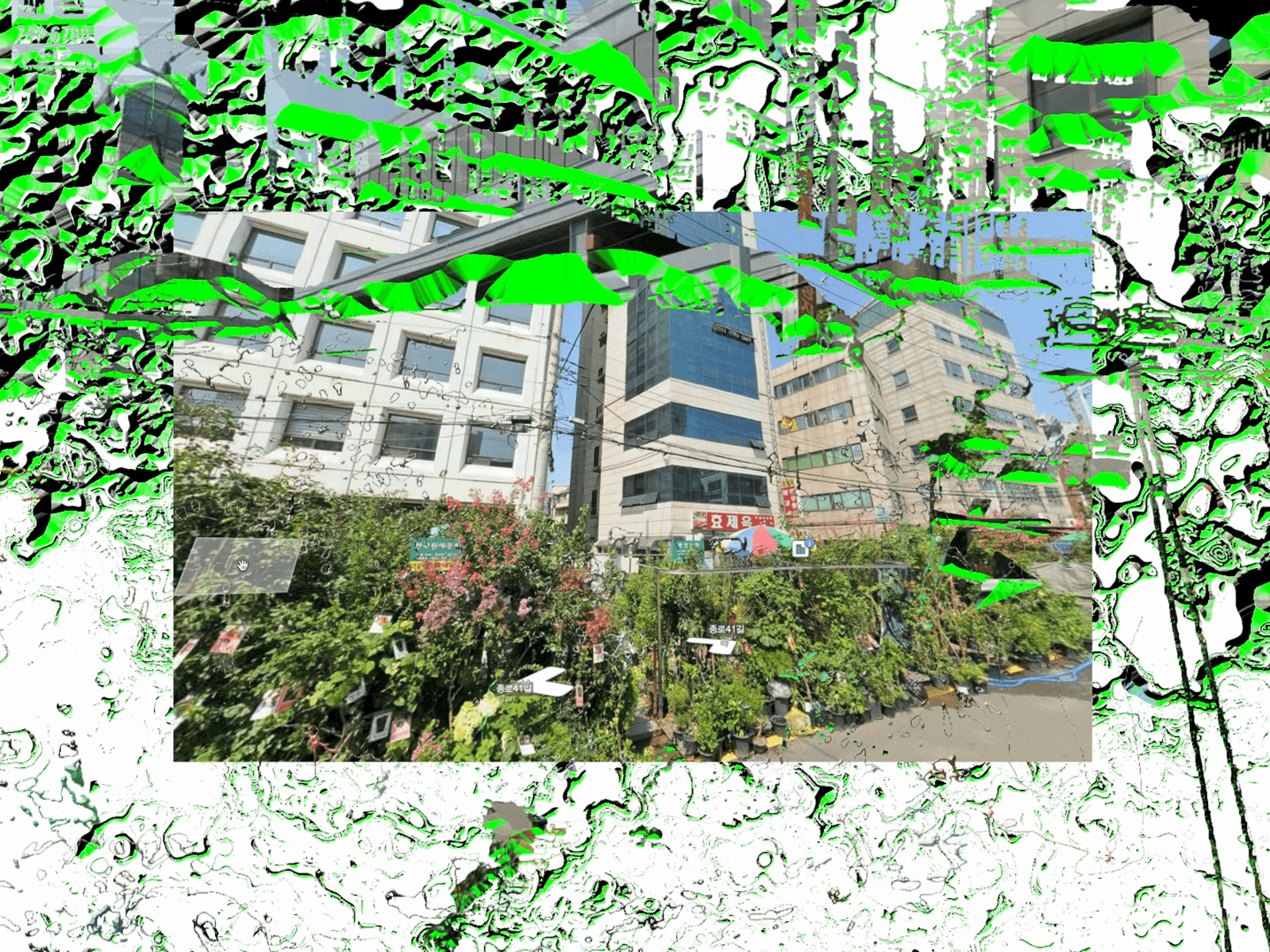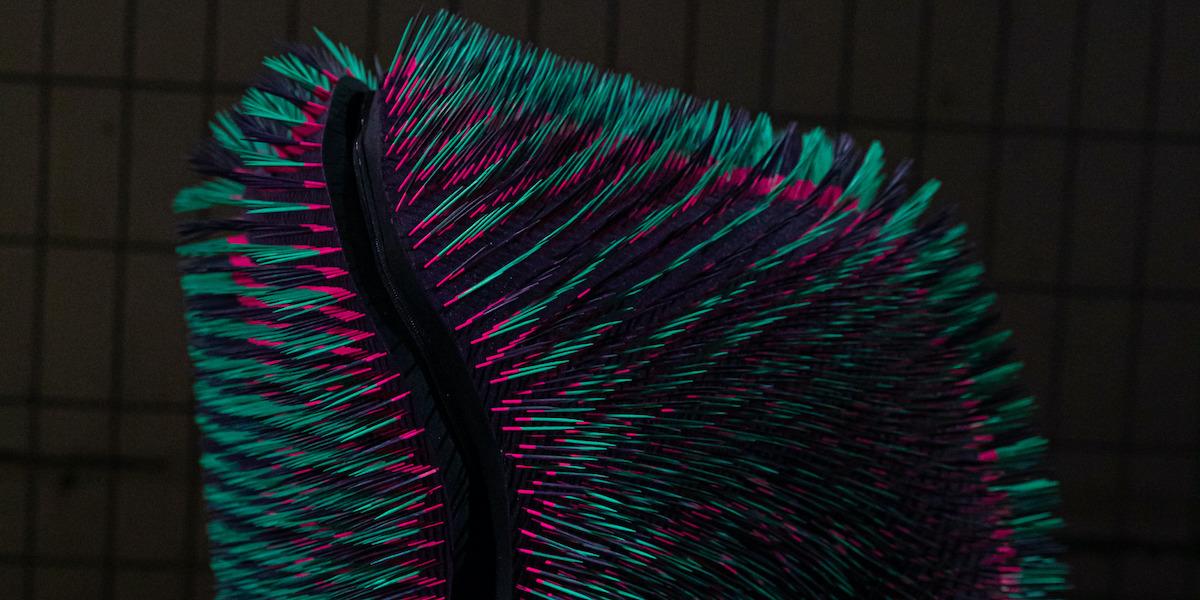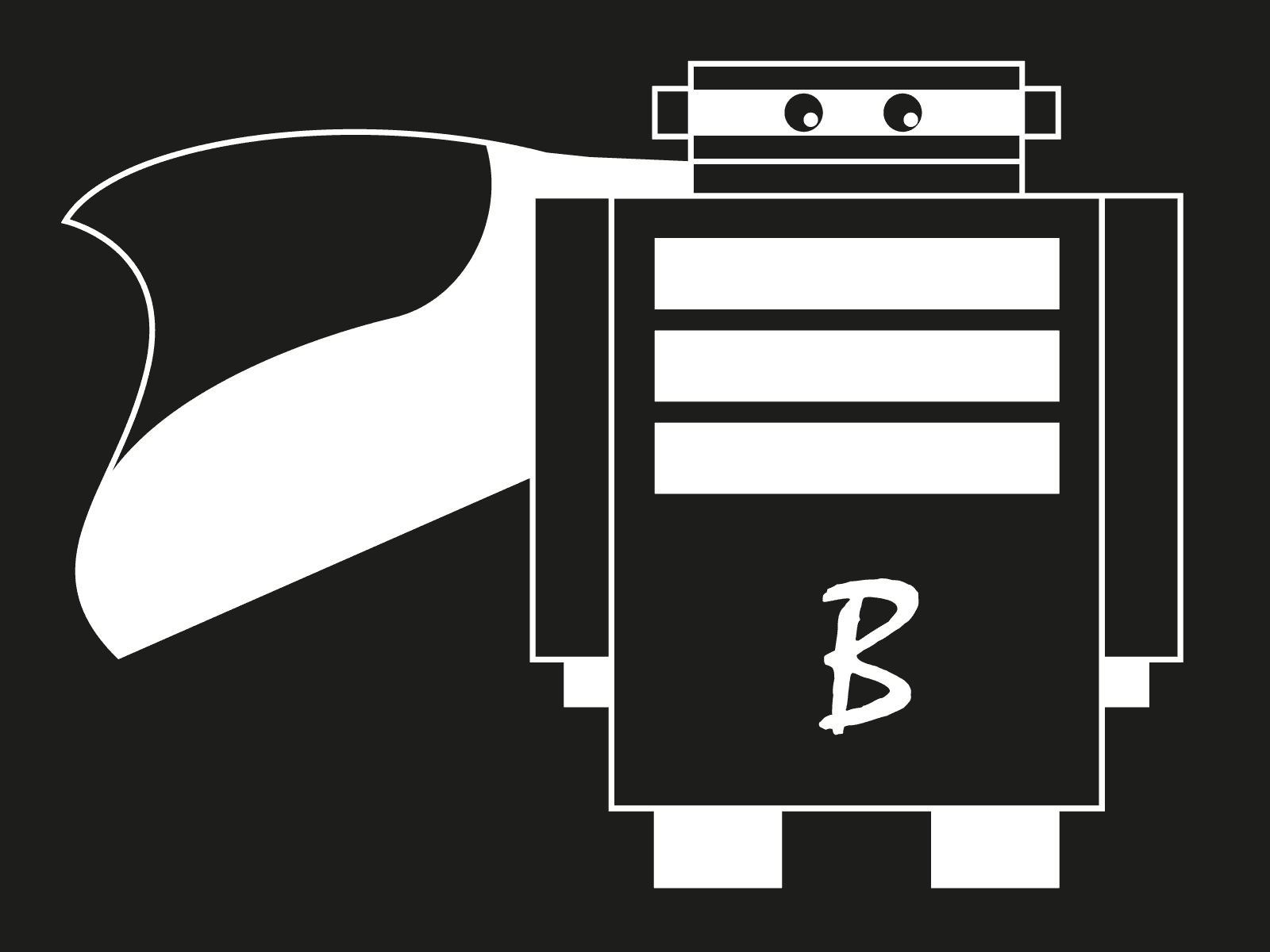In an empire that highly valued cartography, an enormous map of the empire was made. The map was as big as the empire itself, and matched it precisely. Artist and political scientist Sjoerd ter Borg connects this short story by Jorge Luis Borges with his work for art collective Aesthetics of Exclusion. The collective of scientists, programmers and designers uses digital technologies to recognise visual patterns of gentrification. This is how, like in the story of Borges, they create an alternative map of the city that portrays history, present and future.
As artist in residence, Sjoerd will contribute to the mission of planet B, an initiative by Waag that exists of an expedition in which citizens, artist and scientists work together in an equal setting towards an inclusive and ecological future. In the coming months he will research the interaction between Instagram, Streetview and the streets of Amsterdam.
How do you research gentrification as an art collective?
With the use of computer vision software and machine learning, we search for visual patterns in the streets of cities that point to gentrification. As source for images we use Google Street View, but also Instagram. By looking at visual patterns we research to what extent cities are homogenising, and how that becomes visible.
What does gentrification mean to you?
Gentrification is a large concept that is understood as both a positive and a negative process. For us, gentrification is not only about certain groups of people that disappear from neighbourhoods, but also about changes visible in the streets. About how streets from an aesthetical point of view, look more and more the same. This becomes visible through the disappearance of objects, or their constant reappearance.

One example is our project Beach Umbrella in South Korea, where beach parasols function as indicators for the presence of street sellers. By localising these parasols on images of Google Street View throughout time, we saw that these parasols are disappearing. With the disappearance of these parasols and the changes on the streets linked to it, we showed how informal street culture was replaced by a more staged culture and new buildings.
In what way is your work also a reflection on the technologies that you use?
At first, we were mostly researching how the software we used served as a tool to register changes on streets. But over time, we have started to question these tools. Because they have to be seen in their political context, such as Streetview, that is a product of Google. We think about the implications of our use of this service, and also want to stimulate others to do so.
After all, the tools that we use determine the results of our research. One question that we for example ask is: what happens when you start categorising something? As James Bridle wrote in his book New Dark Age: processes of computation form the parameters to which we as humans conform ourselves. We have to understand these parameters and make them visible.
What will you research as artist in residence?
In relation to planet B, I will focus on Amsterdam to study the relation between physical and online culture. I will research places in which new bars have appeared, and study to what extent they change the actual street scene. These new places also come with a certain Instagram culture. By looking at Instagram, I research how the city manifests itself digitally. How do neighbourhoods change and how is that reflected in the images on Instagram? By mapping the feedback loop between online and offline, I want to find out: is there a mechanism behind Instagram that influences physical space?
How do you see planet B as concept?
For me, planet B is about a realisation that what seems natural, not always is. In my work, I expose the choices that have been made in urban development, and which role technology plays in this process. By playing with these choices and making different visualisations, another type of world becomes visible. This helps to imagine alternative worlds, and to understand the range of possibilities.
The research of Aesthetics of Exclusion consists of three elements: we look at images of the past to create an archive, we map current situations through images of the present and from this set of images from past and present, future visions emerge and simulations of the future can be created. This is how a paralel world emerges, an alternative map of the city. Through this, we want to make hidden layers of urban structures visible.
And this of course, allow for experiments. We can design different futures, in line with visions from citizen A or B. The city is different for everyone. You cannot have a connection with every aspect of a city, but someone else might value a city for other reasons than you do. At whose aesthetic do you focus, or listen to? Is there one truth, an ideal design of the city? Who determines what that should look like? This process of asking questions is for me part of project planet B, or in this case: city planet B.
Sjoerd ter Borg is on behalf of Aesthetics of Exclusion part of planet B as artist in residence. Together with other artists, his research is part of the first mission of planet B: the AI Culture Lab. In the AI Culture Lab, an interdisciplinary group of artists, scientists, citizens and entrepreneurs come together to research the role and potential of AI.


This residency is made possible within the European ARTificial Intelligence Lab, with support of the Creative Europe programme of the European Commission and the public-private partnerships allowance for Top consortia for Knowledge and Innovation (TKIs) from the Ministry of Economic Affairs.


